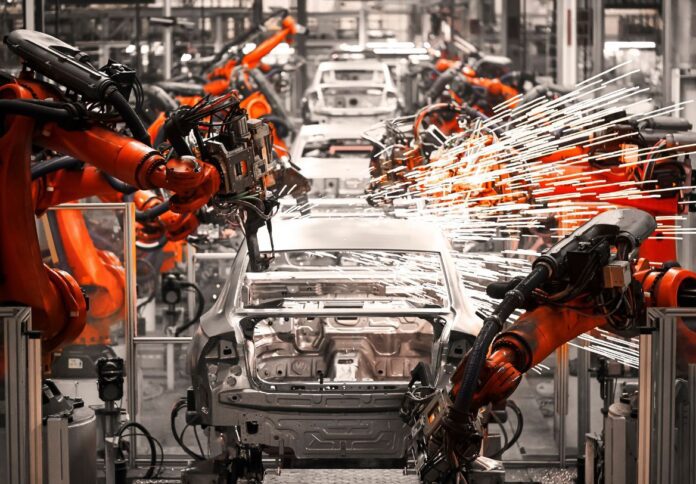
The Australian manufacturing industry has shrunk in the last 15 years more than any other sector, making it “Australia’s most endangered industry,” according to a report from Australian climate tech startup Conry Tech.
The report, titled “Australia’s dig & ship obsession,” revealed that one in four Australian manufacturing jobs has disappeared since 2006 as some urgently needed manufacturing occupations declined by 70 per cent.
Of the 8.8 million individuals whose occupations or industries could be confirmed in the 2006 census, 10.7 per cent were employed in manufacturing. The number fell to 6.2 per cent in 2021.
Meanwhile, mining industry jobs have doubled, with a 101 per cent rise, with Western Australia seeing the most increase in its number of mining jobs by 40,000 between 2006 and 2021.
New South Wales and Victoria have lost the most manufacturing jobs, with declines of 67,000 and 65,000 respectively.
The report also found that while manufacturing jobs in the food, beverage, and clothing industries increased slightly during this period, jobs in industrial manufacturing have seen a significant loss.
Furthermore, some of the most urgently needed manufacturing jobs in Australia, which are essential for product development and energy grid transformation, have virtually disappeared.
According to the report, toolmakers and engineering pattern makers have decreased by 20 per cent, with only 2,220 left in Australia.
“There is a major disconnect between the resources and talent available in Australia, and what we are doing with it all. Once Australian raw materials are out of the ground, we export them to China, Japan, South Korea, and the US and rely on them to make all the high-value consumer products we import and purchase,” said Sam Ringwaldt, chief executive officer and co-founder of Conry Tech.
In the report, Conry Tech has called on the government to support the Australian manufacturing industry— the sector needed to build the infrastructure and products required in the country’s journey towards its net zero transition.
The report also noted that a stronger manufacturing sector is essential to avoid more of the isolation and supply disruption Australia has experienced since the pandemic.
“We cannot allow this historically strong industry to die. We will never manufacture commodity products to the same scale as countries like China, but we must invest in innovation and tech breakthroughs. Reinvigorating this part of Australian manufacturing will boost and futureproof the national economy,” Ringwaldt added.




















